Serious Fraud Office
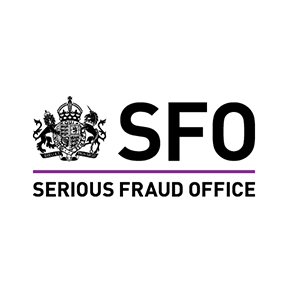
Featured
SFO opens European data centre bribery investigation
Press release
The SFO today searched five properties and made three arrests as it announced a new multi-million pound international bribery investigation.

SFO sets out route for businesses to avoid prosecution
Press release
The Serious Fraud Office (SFO) has today launched new guidance for corporates about self-reporting, co-operation and Deferred Prosecution Agreements (DPAs).
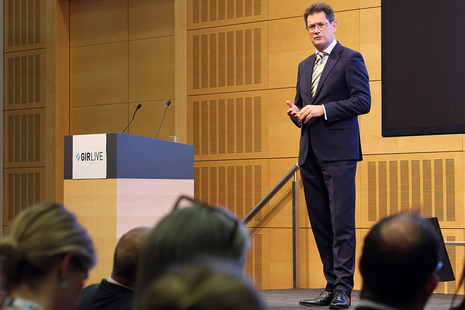
The Serious Fraud Office (SFO) today accused a UK insurance broker of failing to prevent international bribery.

The SFO has published its plan for the year ahead focusing on using new tools, enhancing its intelligence capacity and with domestic and international partners.

Our cases
Service
Find fraud, bribery and corruption cases investigated by the SFO.

Proceeds of Crime
Manual
Our work goes beyond securing convictions for fraud, bribery or corruption. We also pursue the proceeds of crime.

Latest from the Serious Fraud Office
What we do
The Serious Fraud Office (SFO) fights complex financial crime, delivers justice for victims and protects the UK’s reputation as a safe place to do business.
SFO is a non-ministerial department.
Follow us
Documents
Transparency and freedom of information releases
Our management



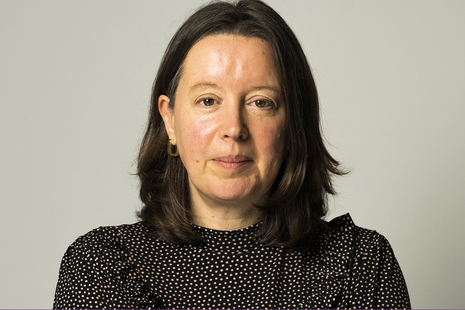

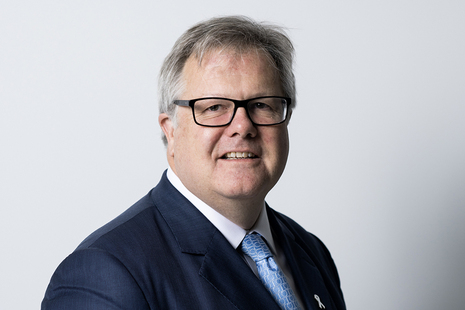
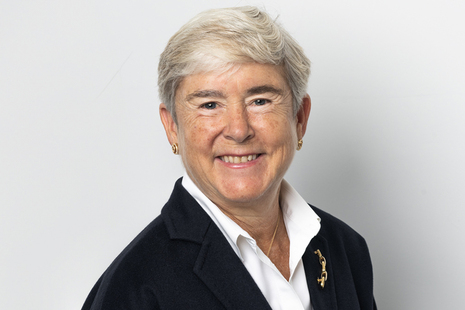

Contact SFO
Office address
London
SW1Y 5BS
United Kingdom
Telephone
020 7239 7272
For journalists with a news related enquiry please contact news@sfo.gov.uk or +44 (0)7557 009842.
You can find content prior to 1 December 2024 at The National Archives. https://webarchive.nationalarchives.gov.uk/ukgwa/20241119154227/https://www.sfo.gov.uk/
Make an FOI request
- Read about the Freedom of Information (FOI) Act and how to make a request.
- Check our previous releases to see if we’ve already answered your question.
- Make a new request by contacting us using the details below.
Freedom of Information
2-4 Cockspur Street
London
SW1Y 5BS
United Kingdom